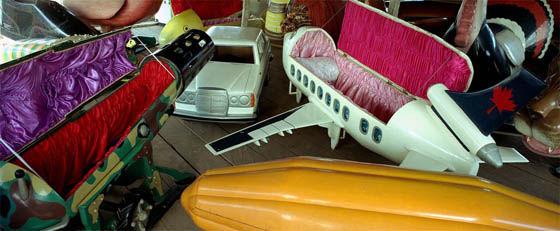
Death is a big deal, both in real life and in fiction. And where there is death, there is (usually) a body to be disposed of. Most of us have a pretty clear idea of what happens when someone in the family dies.
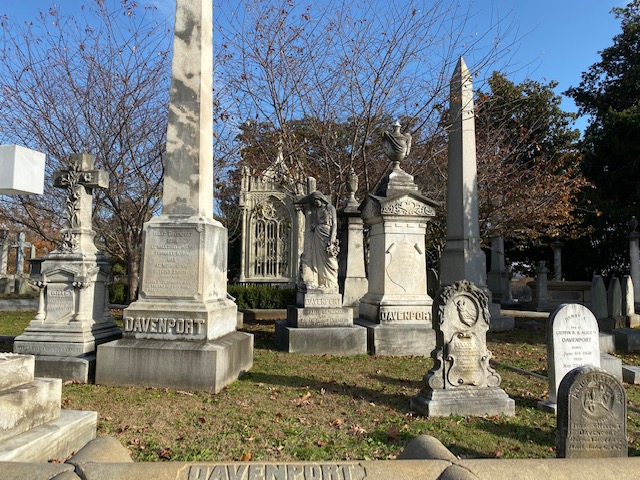
In my family, the body is taken from the hospital to a local funeral home. It is embalmed and displayed in an open casket, sometimes a half casket. Relatives and friends gather to reminisce and grieve together during viewing hours at the funeral home. A memorial service is held at the funeral home or the deceased’s church, according to religious preferences. Everyone is then invited to proceed to the cemetery for a brief graveside service and burial in a family plot. Friends and family are often invited to gather at a relative’s home to eat, drink, and be memorializing.
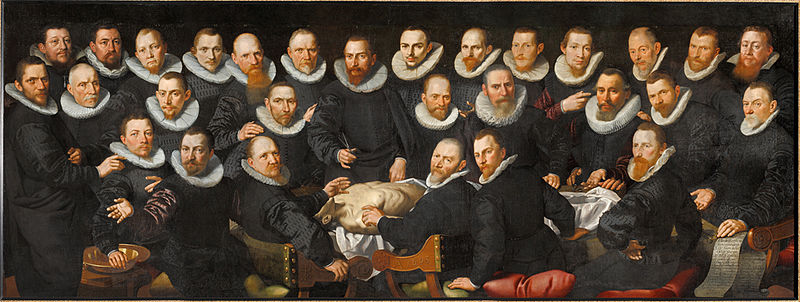
(The Anatomy Lesson by Dr. Sebastiaan Egbertsz by Aert Pietersz)
But families differ. My father-in-law, mother-in-law, and sister-in-law all donated their bodies to medical schools. There was a memorial service near the time of death. When the cremains (cremated remains) were returned to the family (maybe as much as two years later!), there was a graveside service when the ashes are buried in a family plot, attended by immediate family and intimate friends.

I’ve also been involved in scattering the ashes of two friends, one on Cape Cod and one on the Outer Banks of North Carolina. In both cases, there was a memorial service soon after death and the ashes were scattered weeks or months later.

There is a growing trend in some places (Puerto Rico and New Orleans, for example) for “Extreme Embalming.” Rather than being laid out in a casket, the deceased is dressed and posed to be as lifelike as possible. These elaborate presentations are often the main attraction at huge, rowdy parties celebrating the deceased.

In my personal experience, dead bodies have been disposed of in pretty unspectacular ways.
But Wait! There Are Options!
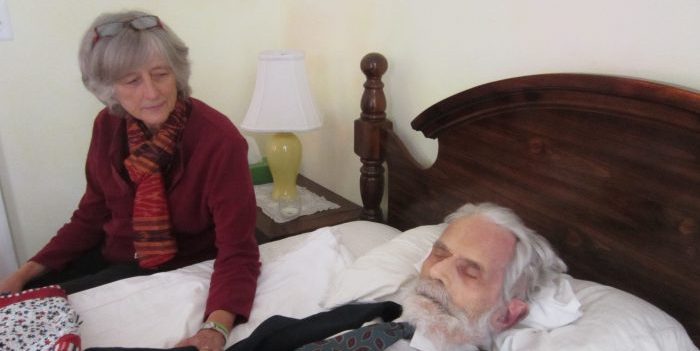
The first option comes before the body is actually disposed of: the body can be taken home until time for permanent disposal, as long as it can be kept cool, for example using dry ice.
WAYS TO DISPOSE OF A BODY LEGALLY
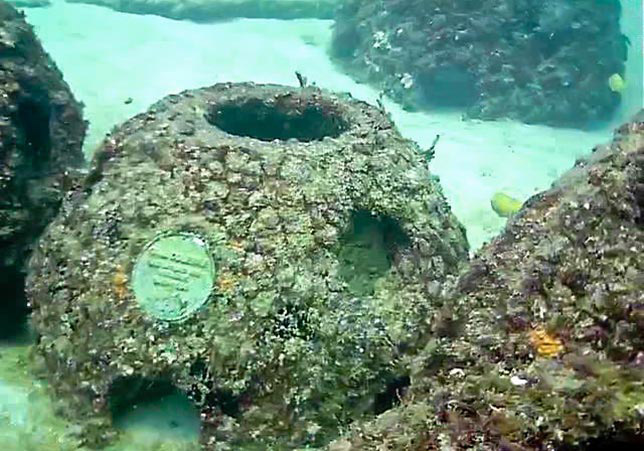
Watery Graves
- Burial at sea, traditionally, meant a body wrapped in sailcloth and tied with weights to make sure it sank. Modern whole body burial at sea still occurs, and it involves the entire un-embalmed body being sunk in the ocean to great depths. Laws vary by jurisdiction.

- Ship burial is a form of burial at sea in which the corpse is set adrift in a boat.
- Reef casting, for example using Eternal Reefs, involves mixing ashes with environmentally safe concrete. The resulting reef is placed in the ocean, where it becomes a habitat for sea life. Reefs range in price from $3,000 to $7,500, and there are locations for reef casting along the east and gulf coasts of the U.S.
Cremation And Its Alternatives

- Traditional cremation is king, in the US and internationally. Although rare in the developed world until the late 19th century, it gained popularity following WWI. The body can be taken directly from the place of death to the crematorium. After the cremation, there are numerous options. Cremains can be scattered, buried, or neither (see below).
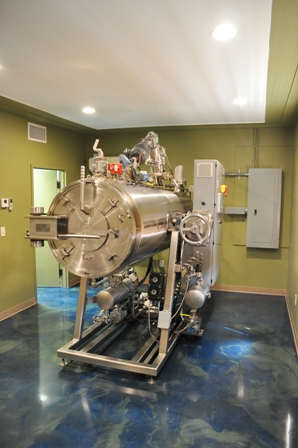
- Alkaline hydrolysis (aka water cremation): boiling water washes over the body constantly until the flesh, muscle, and organs liquefy. A chemical catalyst, usually potassium hydroxide, causes the decomposition. When complete, bleached bones and liquid human runoff remain. After the body has been dissolved, the remaining bones are crushed into ash and returned to the family, much like the remains are returned after traditional cremation. The system is 100% pollution free. It uses 1/10th the electricity of a traditional cremation. Because nothing is burned during the procedure, no toxic gases or air pollutants are produced, according to the Mayo Clinic, which uses the procedure in their anatomy department in Rochester, Minnesota. Check for current availability by state. For example, this option will be available in California in 2020.

Ashes To Ashes… Or To Something Else
- Cremains from either method can be sent heavenward at a specified place in a biodegradable balloon. The balloon freezes at about 30,000 feet and bursts, releasing the ashes.
- Cremains can be mixed with gunpowder for fireworks.
- Bodies donated for medical education benefit physicians, dentists, nurses, and physical therapists. In addition, medical researchers use cadavers to develop surgical procedures. To the best of my knowledge, when the educational possibilities are exhausted, the remains are always cremated.
- One can chose a facility that recycles heat generated by cremation to generate electricity.
- Ashes can be launched into space if one has enough money and doesn’t mind contributing to space junk polluting the atmosphere.

- A portion of the cremains can be heated and pressed to make a diamond, costs varying by size, color, and cut of the stone.
- Turn human ashes into a vinyl record for about $3K. AndVinyly will use music or audio of your choice, with or without a photo on the cover.
- Ashes can be incorporated into handcrafted glass art: jewelry, sun catchers, paperweight, etc., with or without ash showing.
- Ashes can be stored in an urn or sculpture that looks like the dead person.
- Special tattoo techniques will allow a person to embed the ashes of a cremated loved one under their skin.
- Artists can mix the cremains with paint or graphite to create portraits or murals honoring the deceased.
Buried, But Not Traditionally
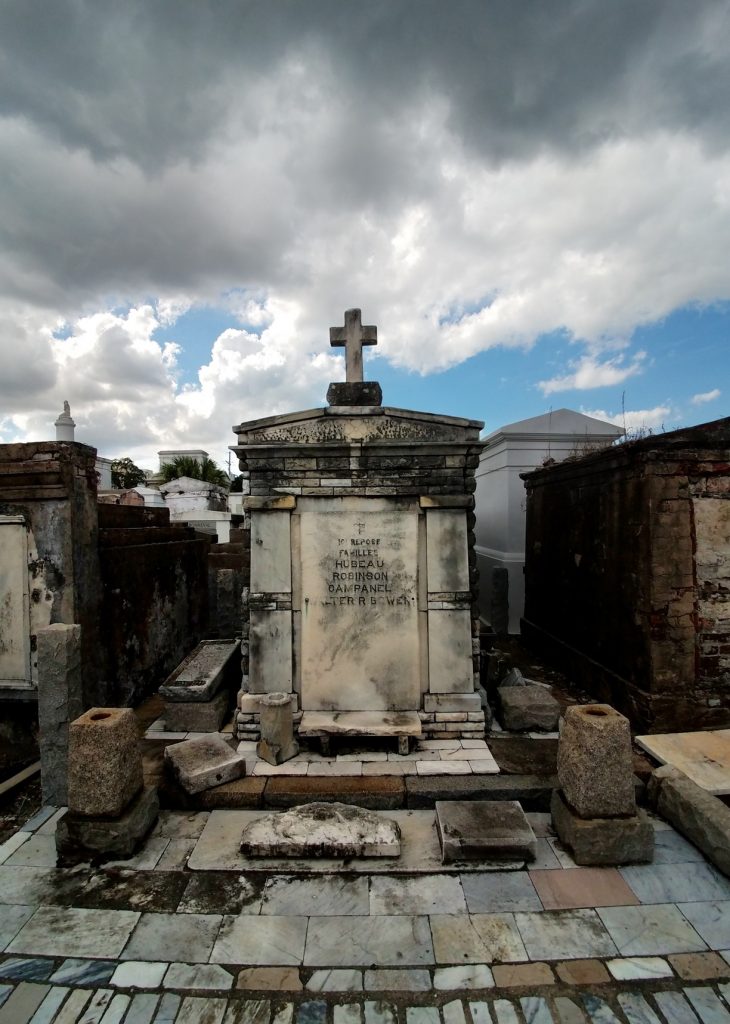
- “Burial” above ground is called immurement. For example, in New Orleans the high water level precludes ground burial; bodies are entombed above ground. But immurement occurs across the country in mausoleums.
- Burial on private land is legal, but check local zoning laws. A funeral director is usually required to oversee the burial. If the person died of a contagious disease, embalming may be required.
- “Green” or natural burial means the un-embalmed body is interred in biodegradable coffins or shrouds. There are no headstones, crypts, or even landscaping. Unlike a traditional burial, there are no plastic cushions, metal coffin parts, or embalming chemicals. Many green cemeteries even require metal tooth fillings, screws or plates on bones, pacemakers, etc. to be removed from the body.
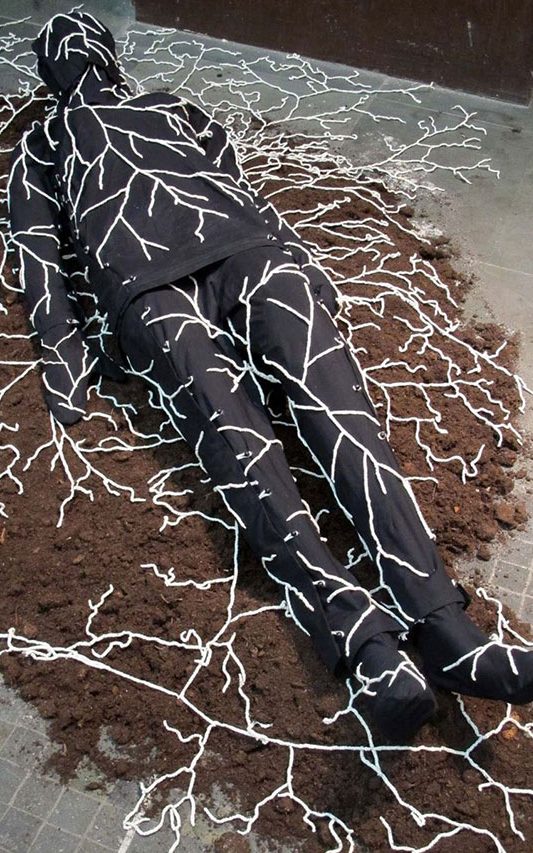
- Un-embalmed bodies can be buried in a suit made from mushrooms and other biodegradable organisms, allowed the corpse to become compost, with zero waste. You can get the suit or the shroud for $1500 or so and be buried in a biodegradable coffin or no container at all.
- The remains of a cremated body (traditional or water cremation) might put into a biodegradable urn that is then buried with a tree seedling: dig a hole in a sunny place, fill with soil, wood chips, and the seedling. If you use Living Urn’s BioUrn, the urn comes with a proprietary growth agent and the seedling of your choice. Compatible trees include olive, birch, cherry, eucalyptus, and oak.
- Promession—coming soon? Patented by a Swedish company and touted as an “ecological funeral,” it involves freezing the body with liquid nitrogen, vibrating it into small particles, freeze drying the particles, separating any metals, and placing the dry powder remains in a biodegradable casket in top soil.
Not Buried At All
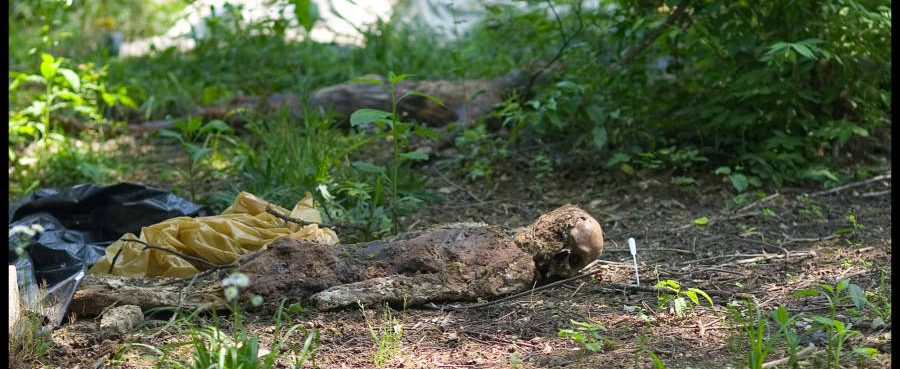
- Bodies donated to a body farm (aka outdoor forensic anthropology lab) for research purposes are sometimes not buried at all, but left to decompose naturally above ground. When they are buried, it’s likely to be atypical: for example, wrapped in plastic. The results of their studies help law enforcement agencies determine time and manner of death. They are also used to train cadaver dogs and search and rescue teams. There were seven body farms in the U.S. as of 2017.
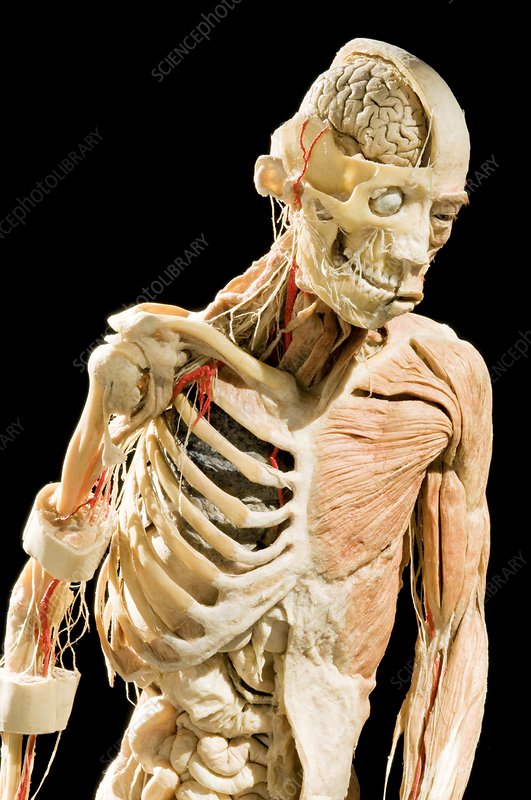
- Plastination is a process by which the body’s water and fat are replaced by plastics, which results in total preservation (i.e., the body doesn’t decay). Such bodies are often used in medical education, much as described above. Recently, hoards of people viewed the exhibit BodyWorlds.
- Having the body cryonically frozen includes the possibility that, when medical science advances enough, the person can be thawed and revived.
- Sky burials let animals eat the body. Dead bodies are placed on a mountain top to be eaten by scavenging animals or to decompose naturally. Traditionally practiced by some Native American groups using wooden scaffolding or tree limbs, it is currently common in parts of China, Tibet, Nepal, and parts of Northern India. Vajrayana Buddhism follow this practice because adherents believe the body has no use after death and might as well feed animals.
- Composting a human body involves putting the body in a mix of wood chips, allowing thermophile microbes to decompose the flash and parts of the bones. At the time of this writing, in the U.S. it is legal only in Washington State.
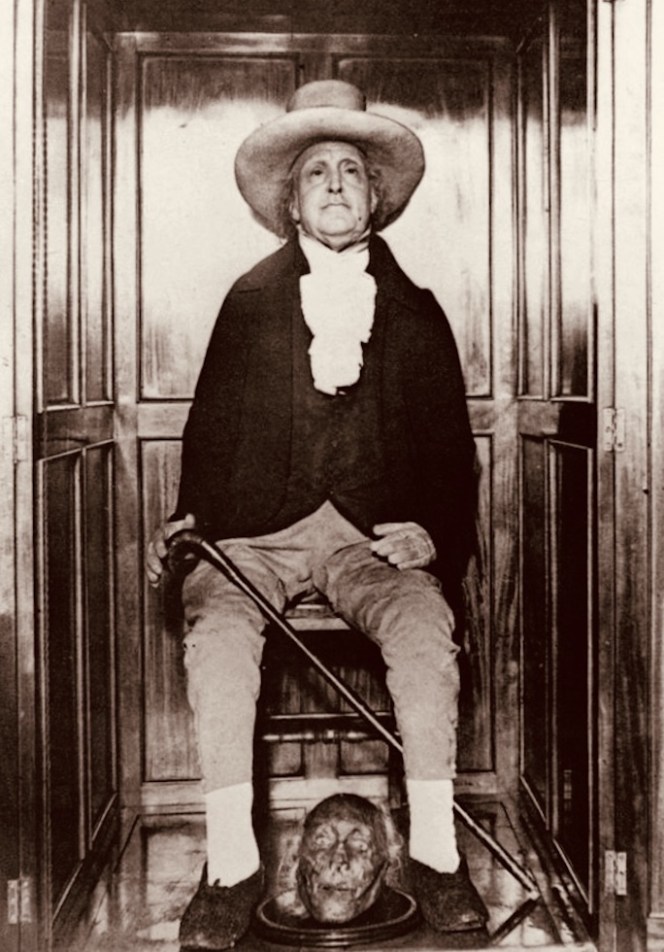
- Taxidermy is chosen by a few people: for example, the philosopher Jeremy Bentham, who had his dead body stuffed. His head, however, was mangled in a botched attempt at New Guinea mummification techniques and is now stored separately from the body. In accordance with his will, Bentham’s stuffed body (with a wax head) was posed and kept in a closet at University College of London.
Historic Means Of Disposal
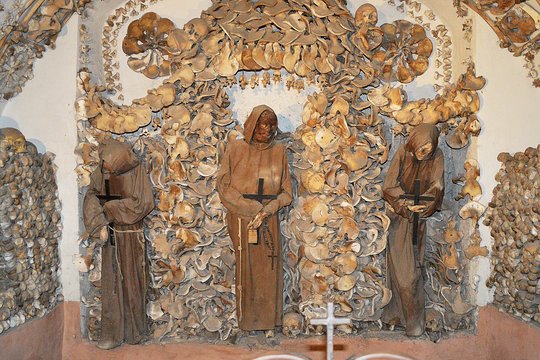
- Mummification
- Dismemberment, in which the body is divided. Historically, this was a form of execution, but sometimes body parts were separated and disposed of individually.
- Catholic saints were occasionally dismembered so that multiple holy sites could store a piece of the saint’s body, usually in finely crafted reliquaries.
- Members of the Habsburg royal family were entombed in the Capuchin Crypt with hearts and heads often stored separately.
- Several ancient catacombs, including those under Paris and Rome, separated skeletons after death and stored bones by type.
- Mass graves resulting from war, genocide, or natural disasters.
- Plague pits to try to stop the spread of disease.
Be Aware Of Restrictions
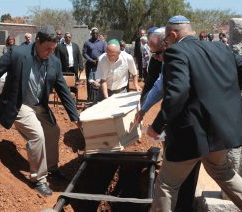
- Various religions and cultures have funeral rites that govern the disposal of a body. For example, some require that all parts of a body are buried together. Among other things, members of these groups cannot be organ donors.
- Many jurisdictions have laws regulating the disposal of human bodies. Although it may be legal to bury a deceased family member, the law may restrict the locations in which they can be buried. In some cases, burials are limited to property controlled by specific, licensed institutions.
- In many places, failure to properly dispose of a body is a crime.
- In some places, it is a crime to fail to report a death and to fail to report the disposal of the body.
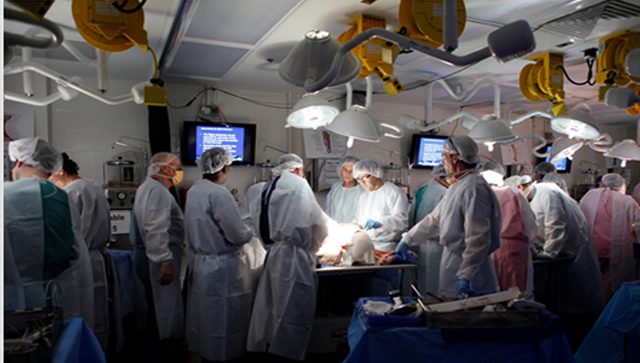
Bottom Line for Writers: Before you kill off a character, consider how you’ll get rid of the body. When I started this blog post, I envisioned a few headings, each with a few bullets below. But it just grew! I hope it held your personal interest and/or generated some plot ideas!
Coming Next Week: How to get rid of a body illegally!
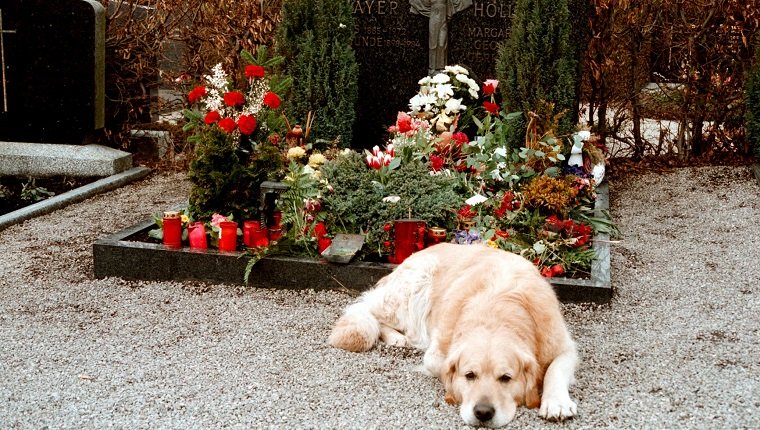
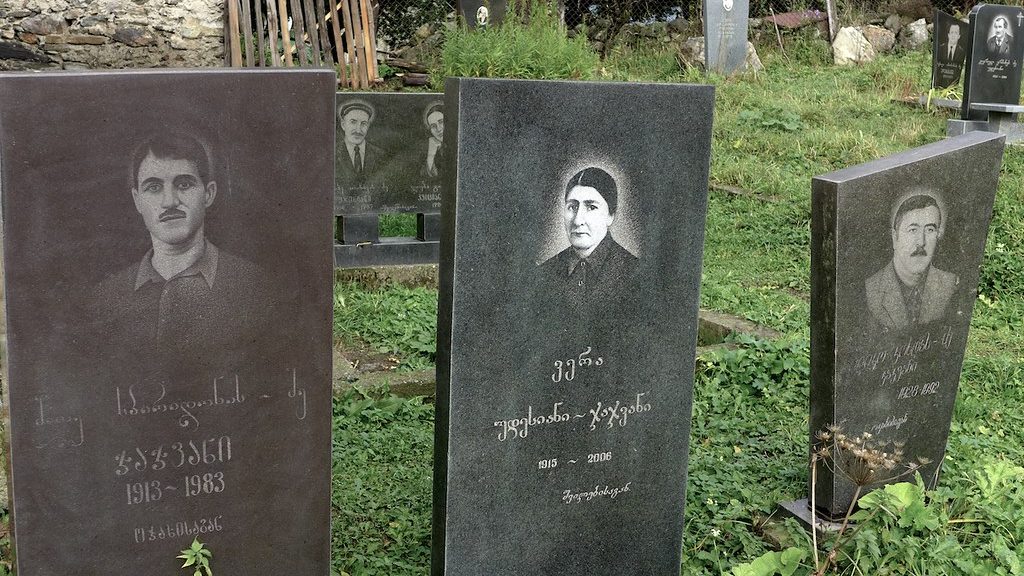
Wow! Where do you find all this obscure stuff? Great methods to contemplate for my next novel!
Hope it’s helpful! Keep writing !
Vivian
This is an other example of an extreme embalming:
Extreme embalming of a 21-year-old boy standing in the funeral home, surrounded by artificial plants, a mobile phone in his right hand giving him the appearance of the living, and adopting his statuary arm and left hand, the identity gesture of rap and hip hop fans.
https://images.app.goo.gl/NBcAaKJcEqPd74MC8
https://www.facebook.com/groups/3158381144223082/permalink/7184540671607089/
John P. Parker (1827-1900) would be 65 years old in 1892 when the photo of the group at the “Freedom’s Heroes” monument in Ripley, Ohio. The man you think might be Parker looks younger than 65 to me. What about the man far left? Is there anything stating he attended this dedication?
This is a link to the: Photo at OH MEMORY PROJECT AL03147.tif
Taken at the May 1892 dedication of a monument honoring abolitionist John Rankin named “Freedom’s Heroes” on the grounds of the cemetery in Ripley, OH, Rankin (1793-1886) and his wife Jane (identified in some later records, as well as on this monument, as Jean)
https://ohiomemory.org/digital/collection/p16007coll98/id/171/rec/381
The man on the far left is cropped out of your photo on the story:
“One Resourceful Black Man,” on John P. Parker, posted Aug. 24, 2021